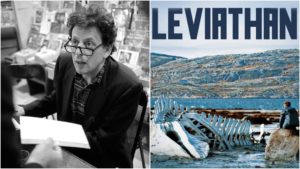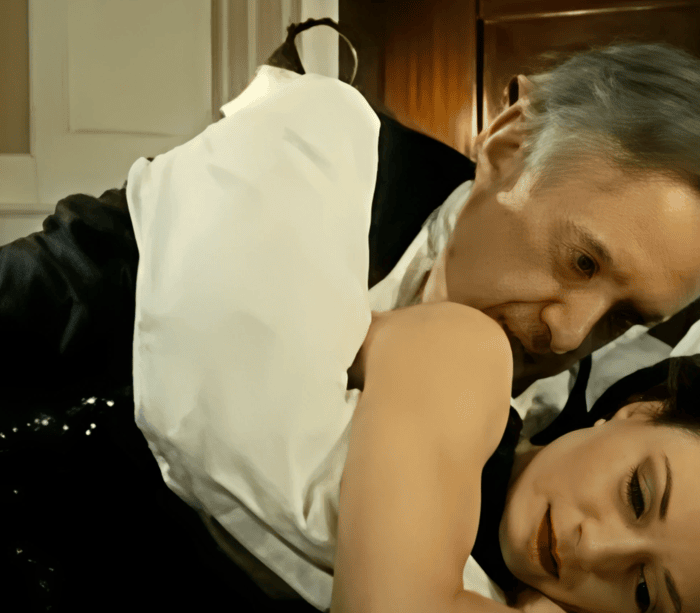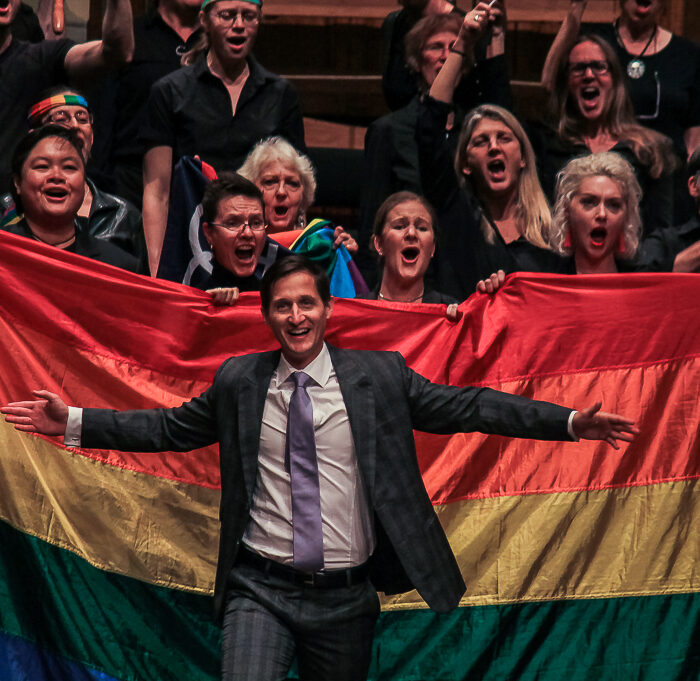
Opera Meets Film: Glass’ ‘Akhnaten’ Emphasizes Circularity In ‘Leviathan’
By David Salazar“Opera Meets Film” is a feature dedicated to exploring the way that opera has been employed in cinema. We will select a section or a film in its entirety, highlighting the impact that utilizing the operatic form or sections from an opera can alter our perception of a film that we are viewing. This week’s installment features the Russian film, “Leviathan.”
Andrey Zvyagintsev’s “Leviathan” is a modern look at the Book of Job. Kolya lives on a coastal town and is trying to retain his home, which the local corrupt mayor wants to appropriate for a public project. As the story unravels, Kolya finds himself losing everything and by the film’s end, there is nothing there for him.
Religion plays a major role in the film, but not as a spiritual guide for Kolya, but as another show of the corruption of power. Zvyagintsev’s primary thesis is that the “Leviathan,” the destructive creature of legend, is humanity itself.
That perspective is poignantly established in the film’s book-ended sequences, which serve as a prelude and postlude of sorts. As the opening credits commence, we hear the Prelude from Philip Glass’ opera “Akhnaten,” a work about the power of religion. The music’s drive creates a sense of tension that is only strengthen by the initial images of the ocean beating against rocks. There is tension in this conjugation of image and sound, but further cuts reveal wider landscapes that exhibit the beauty of nature. Suddenly this music combined with these images creates a spiritual context; a sense of something beyond our grasp found only in the abstract beauty of nature, as personified by the music itself.
Suddenly, the music stops as we are shown images of wrecked ships; a few edits reveal destruction around the coastal area right before the story begins in earnest. This montage gives the sense of nature itself as the destroyer of man-made creations, emphasizing its immense power.
The story of Kolya’s struggles features no non-diegetic music and as the story closes, Zvyagintsev chooses a similar visual structure to take us back into the world of nature. A few silent images of nature dominate and Glass’ music returns, followed by images of destruction. The inversion now gives the impression for the viewer of humanity’s own destruction and an ongoing conflict with nature.
This bookend suggests that the cycle is set to begin anew, with Kolya’s story set to take place yet again somewhere else. The audience knows this to be true.
Glass’ own musical structure has a circular style, ostinato notes and phrases repeating themselves a few times before developing into another phrase that will undoubtedly do the same; the progression continues for the duration of the piece, the sense of circularity and repetition prominent. The musical language is a perfect compliment to the film’s visual structure in these final sequences and reinforces the notion of the continued spiritual conflict for humankind and nature.


